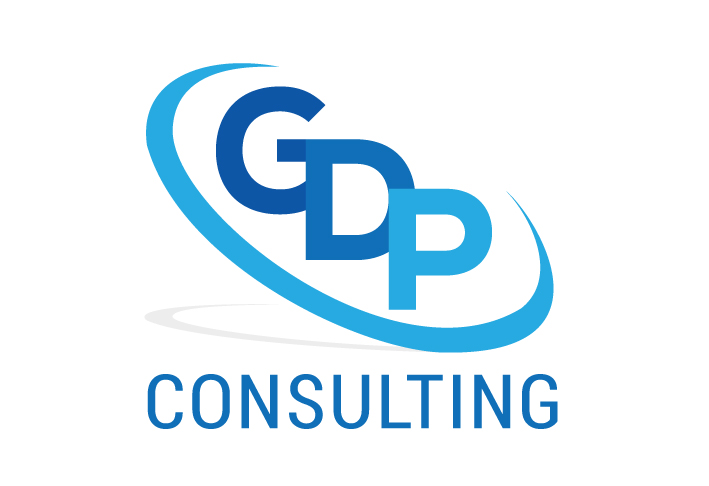Recently, I had the opportunity to attend the Atlantic School Boards Conference in Gander, NL. One of the topics was risk management. As I sat through this excellent presentation, I couldn’t help thinking about the role of boards in risk management.
Many years ago I came to the conclusion that boards should not manage any risk except those that relate to the board itself or the broader organization. The reason I came to that conclusion is related to the notion of micromanagement.
Decision Making and Risks
There are risks related to decision making as outlined in the DecisionMaking Model of Governance

What are the Risks?
Governance risks relate to benefits offered, finances, human resources, IT, policies, harm to the environment, people or the organization’s reputation, and client/consumer demands, etc.
There are deliberately-chosen risks, irremediaiable result risks, multi-result risks, necessary risks, one-result risks, recoverable result risks and moral risks.
The board accepts responsibility for governance risks and take action to control, mimimize or eliminate those risks. The board holds the CEO accountable for managing the risks within/to the organization. It has mechanisms to ensure the CEO clearly communicates information regarding major risks to the board. For more information regarding those mechanisms contact us.
It is important for boards to receive training about govern risks. If boards become involved in risks management there could be a tendency for boards to begin to micromanage the organization.
The key is for boards to govern only. Govern risks and let the CEO manage risks.

